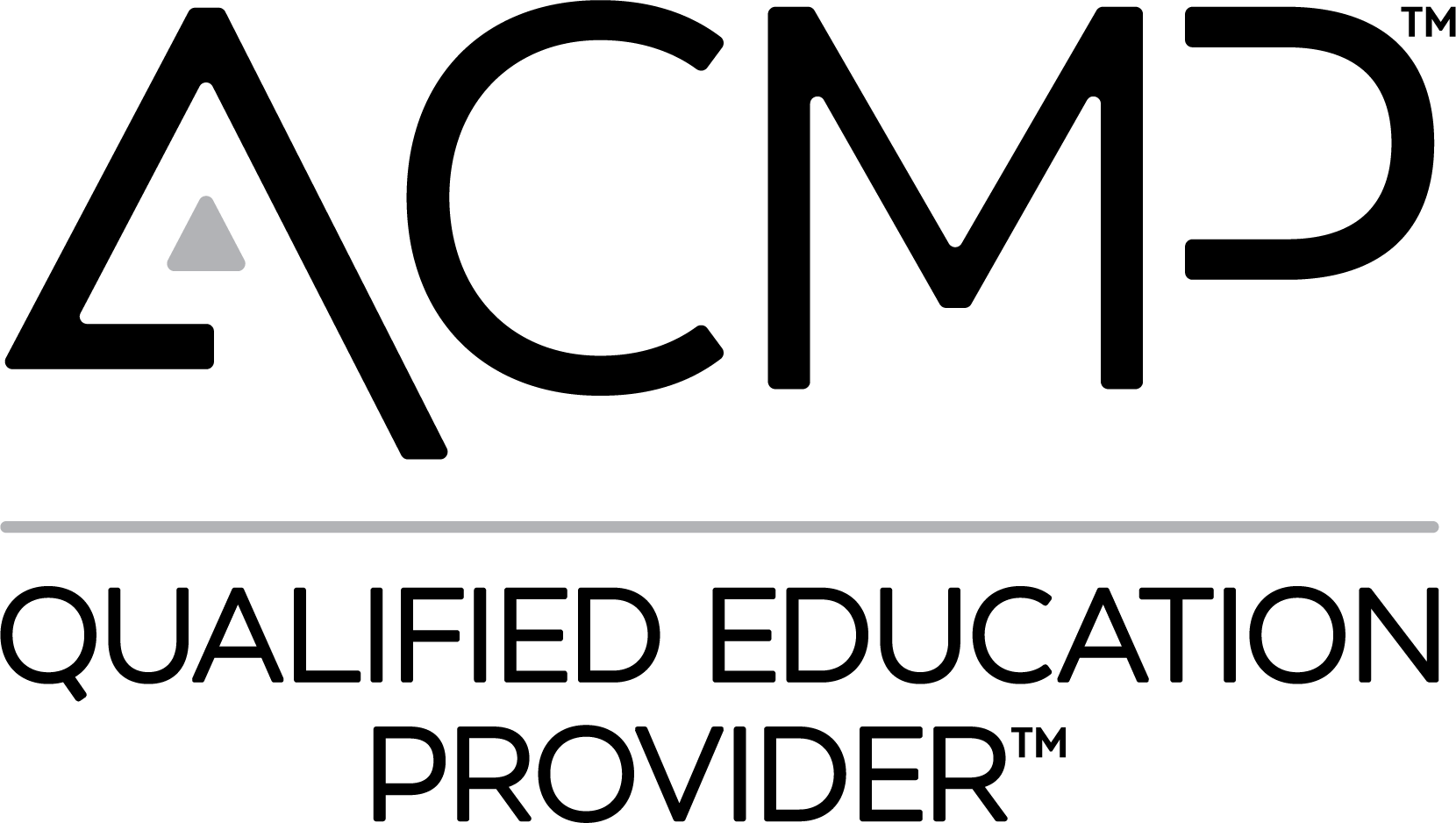For the rest of the year, you’ll find a new monthly article diving into Change Enthusiasm Global’s (CEG’s) trademarked C.H.A.N.G.E Traits. By applying these exercises, you’ll learn, hone, and enhance your ability to navigate your relationship with change and effectively lead others in change challenges (even if only by example).
It’s no wonder that the first of these traits begins with an interpretation of messages and your conveyance. This month, in this six-part series, “C” is for Communicative. This practice is about defining the what and why of your communication style, what occurs between your world and you, and why it is important. Through this change trait, the purpose is clarity, congruence, and feedback loops for growth.
There are four aspects of communication: verbal, written, body language, and tone of voice. Long-standing research, consistently validated, reports the words you say to the tone of voice you use and the body language during the conversation, body language is the critical communication modality, accounting for 55 percent of the interpretation of the communication. Think about phone calls or those with visual impairments. Your tone of voice comes in second, accounting for only 33% of intended message communication by the receiving individual. Your words register as a meager 7% of the communication message.
This research rings true as Maya Angelou says, “I've learned that people will forget what you said, people will forget what you did, but people will never forget how you made them feel.” This research, however, is all about transmitting a message. The “how you made them feel” starts with your non-verbal signals, then your intonation. However, the first line of communication begins long before you attempt to convey your message. So, what does it mean to communicate effectively? When does communication start? Does it end?
“The art of communication is the language of leadership.”
James Humes, Speech writer for five U.S. Presidents
More evidence-based practices emerge yearly around the validity and ROI of investing in learning to improve communication strategies and emotional quotient (EQ), regardless of your industry. Published in the Journal of Intercultural Communication, a 2021 study of 160 people representing 56 countries found that across cultural lines, there are three most-preferred leadership styles: Attentive, Impression Leaving, and Friendly.
A study published in 2022 examined the approach of conducting an EQ and communication workshop in a medical setting, including participants of professional staff, full-time medical personnel, residents, students, trainees, physician assistants, and health psychology professionals, focusing on self-reflective techniques and re-application of communication styles through a didactic presentation on leadership as well as teamwork activities. The study found that after a 2.5-hour workshop, participants felt more comfortable working with other professionals to encourage positive team dynamics, increased knowledge about positive strategies to communicate with team members, and were more prepared to encourage leadership in their interprofessional teams.
Through these and countless studies, we glean the impression of communication, beginning with interpreting messaging through active listening and assuming positive intent. Therefore, your communication style begins with your unique interpretation of the signals around you. Grab a journal and a pen and take your time through this practice, as it’s the first of six and your springboard into continued growth.
A prominent author and speaker once described her path to deeper, more meaningful, and effective communication that started at home. She established “traffic meetings” at home where the family got together, looked at a calendar, and ALL the to-dos, for children, adults, work, and school. They communicated how they wanted to feel throughout the week, their anticipations, and most importantly - created space to express what they needed in support throughout the week to ensure they all made it through relatively unscathed.
Questions to ask yourself at the beginning of this practice are:
- What is the world (personal and professional) communicating to you?
- What styles of communication am I receiving? What am I mirroring?
- Why am I receiving these communications in this way?
- What do I expect from others about their style of communication?
As you work through these questions, give yourself a week to assess and truly get a handle on the pulse of communication you receive, interpret and take part in, both in and outside of your work environment. Define the what and the why of the communication incoming and outgoing in your life. After you self-assess, this is a great opportunity to work with the leadership in your organization (a family is an organization, too) to ensure an authentic and robust communication strategy that includes regular touch-points. How can a “traffic meeting” be implemented to continue to practice open, honest, vulnerable, and authentic communication?
“You have to create clarity where none exists.”
Satya Nadella, CEO of Microsoft
In times of change, we tend to revert to habits, even in the active practice of evolving. In a learning environment or culture, as things unravel, despite your better judgment, the pressure of life and leadership finds you faced with the paradox of seeking control. Yet, to promote a learning culture that is agile and capable of facing the challenges of change and complexity head-on, the greatest need among leaders is to let go. Clarity, or lack thereof, is often attributed to miscommunication.
CEO of Microsoft, Satya Nadella, a firm believer and practitioner of a growth mindset, tackles this paradox. In his book, Hit Refresh, Nadella says that great leaders lead by distilling the what and the why of their peers, teams, and organization and by overcommunicating to help drive alignment, not through control. He says.
In the same journal, you answered the above questions, write down the current messaging you have communicated about yourself, your role, and your vision in your personal and professional life, then answer these questions:
- Is your messaging clear if someone else picked up your writing?
- Are your expectations of yourself, your team, and your organization defined?
- Could someone read your writing and accurately describe your communication style, expectations, role, and vision for the future?
As you evolve your communication style, seek feedback by setting up opportunities to foster a learning environment in your organization through your traffic meetings or pulse checks. The feedback, if provided with empathy and the purpose of improving relationships and communication, will also be rendered in the same manner to you. Each week, assess yourself to the standard of clarity and action congruence. Doing what you say you will do may sound simple in theory but is often far from easy in practice. Your commitment to yourself to uphold this value will permeate every action and create exponential growth in your communication styles and your ability to be an effective communicator.











